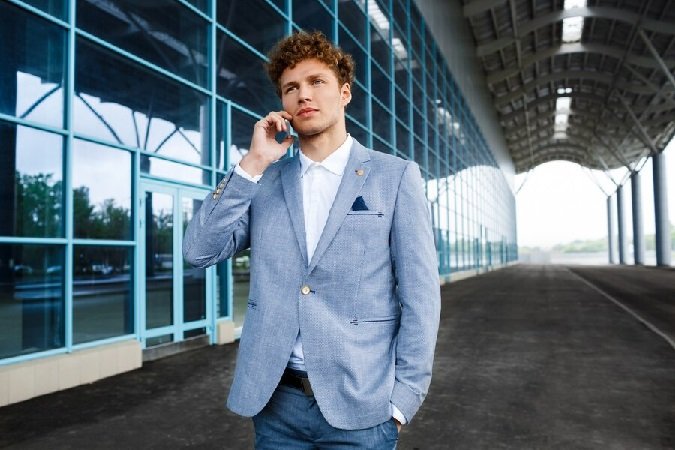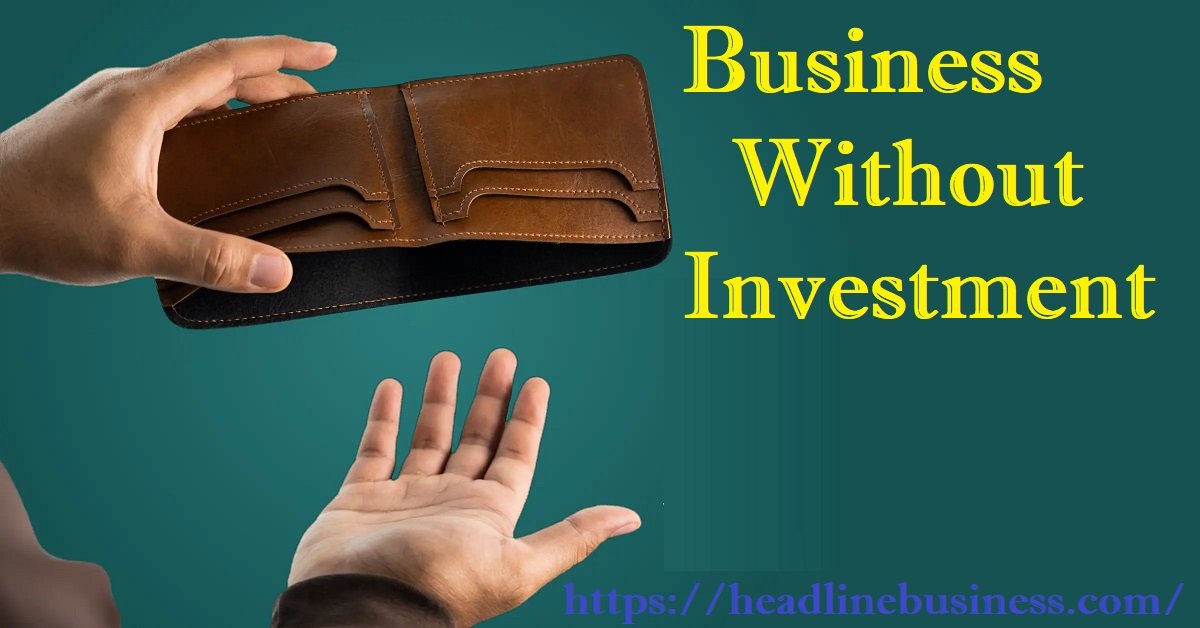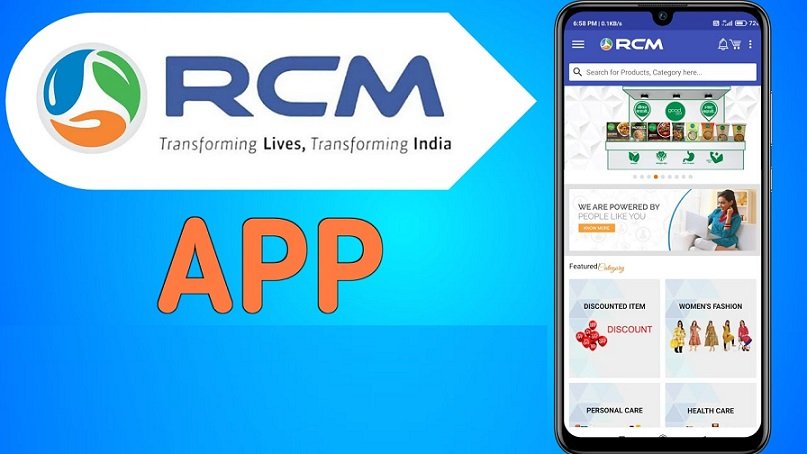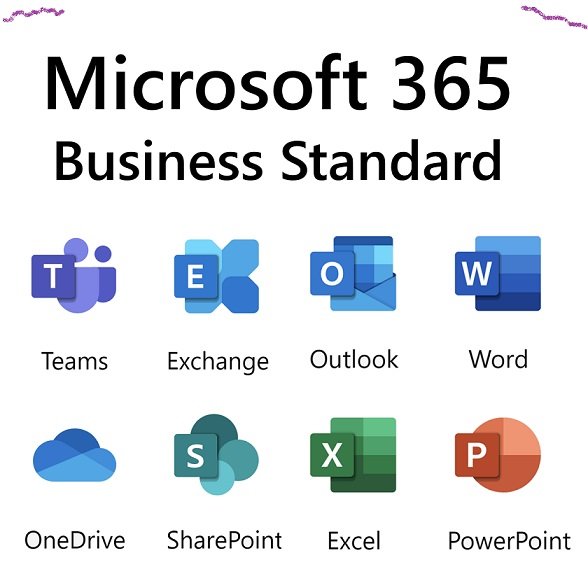Table of Contents
ToggleIntroduction
In today’s evolving workplace, business casual for men is no longer just a dress code—it’s a lifestyle. Striking the right balance between professionalism and comfort can be tricky, but with the right guidance, mastering business casual attire becomes effortless. This article dives deep into the essentials of men’s business casual, offering expert advice, outfit combinations, and shopping tips to ensure you look sharp in any professional setting.
What is Business Casual for Men?
Business casual is a blend of formal and casual attire, designed to provide a polished yet relaxed look. Unlike traditional suits, business casual leans on items like blazers, chinos, and button-up shirts, allowing men to express their style without compromising professionalism.
Key Characteristics of Business Casual:
- Neat and Tidy: Clothing should always be clean, ironed, and well-fitted.
- Versatile: Combines casual comfort with formal aesthetics.
- Adaptable: Tailored to suit different industries and workplaces.
Essential Elements of Men’s Business Casual
To build a solid business casual wardrobe, focus on timeless, versatile pieces. Below is a breakdown of the must-have items:
1. Shirts
- Button-Down Shirts: The cornerstone of business casual. Opt for neutral colors like white, blue, or grey.
- Polo Shirts: Perfect for a casual yet polished appearance. Choose solid colors or subtle patterns.
- Oxford Shirts: A step up from casual shirts, they are versatile for both office and after-hours events.
2. Trousers
- Chinos: These are lightweight and come in various colors, making them a business casual staple.
- Dress Pants: Ideal for a more formal look, especially in corporate environments.
- Dark Jeans (Optional): Only if your workplace allows it; stick to a slim fit and dark wash.
3. Blazers and Jackets
- Blazers: Add sophistication to your outfit. Navy and charcoal blazers are excellent choices.
- Sport Coats: Provide a casual alternative to blazers without losing polish.
4. Shoes
- Loafers: A versatile choice that works well with chinos and dress pants.
- Oxford Shoes: Timeless and ideal for a more formal touch.
- Derby Shoes: A slightly less formal alternative to Oxfords.
5. Accessories
- Belts: Match your belt color to your shoes for a cohesive look.
- Watches: A classic timepiece enhances your overall appearance.
- Ties (Optional): Stick to solid or subtly patterned designs.
Styling Tips for Business Casual
To achieve the perfect business casual look, follow these expert styling tips:
1. Prioritize Fit
Well-fitted clothing enhances your overall appearance. Avoid overly tight or baggy clothes.
2. Stick to Neutral Colors
Neutral shades like navy, grey, beige, and white ensure versatility and professionalism.
3. Invest in Quality Fabrics
Choose breathable materials like cotton, wool, and linen for comfort and durability.
4. Layer Smartly
Layering adds depth to your outfit. Pair a blazer with a button-down shirt or a lightweight sweater.
5. Pay Attention to Footwear
Shoes can make or break an outfit. Always opt for clean, polished shoes that match the rest of your ensemble.
Men’s Business Casual: Dos and Don’ts
| Do | Don’t |
|---|---|
| Invest in versatile pieces like blazers and chinos. | Wear overly casual items like graphic T-shirts. |
| Stick to neutral colors for a cohesive wardrobe. | Combine too many bold patterns or colors. |
| Ensure all clothing is ironed and clean. | Ignore grooming and personal hygiene. |
| Match your accessories with your shoes and belt. | Wear worn-out or dirty shoes. |
Seasonal Business Casual Outfits
Spring and Summer
- Lightweight Fabrics: Opt for linen shirts and cotton chinos.
- Breathable Blazers: Choose unlined or partially lined options.
- Colors: Light tones like beige, pastel blue, and white.
Fall and Winter
- Layering: Add a sweater under your blazer for extra warmth.
- Textures: Incorporate tweed or wool trousers.
- Colors: Stick to deeper shades like burgundy, forest green, and navy.
Business Casual for Different Settings
1. Corporate Offices
Stick to traditional business casual with blazers, dress shirts, and formal shoes.
2. Creative Workplaces
You can experiment with bold colors, patterns, and dark-wash jeans.
3. Client Meetings
Dress slightly more formal by incorporating ties and dress pants.
4. Networking Events
Opt for smart layering, such as pairing a blazer with a polo shirt.
Budget-Friendly Tips for Business Casual
- Invest in Wardrobe Staples: Start with essential items like a navy blazer and neutral chinos.
- Shop During Sales: Look out for end-of-season sales for discounts on quality pieces.
- Thrift Stores: You can find high-quality blazers and dress shirts at a fraction of the price.
- Capsule Wardrobe: Build a small, versatile wardrobe that maximizes outfit combinations.
Business Casual Outfit Ideas
Concept 1: Timeless Business Formal
- White button-down shirt
- Navy chinos
- Brown loafers
- Charcoal blazer
Concept Two: Unwinding Fridays
- Light blue polo shirt
- Khaki chinos
- Dark brown sneakers
- Unstructured blazer
Paraphrase 1: Prepared Appearance for Meetings: Idea 3
- Striped Oxford shirt
- Grey dress pants
- Black leather Derby shoes
- Navy blazer
FAQ: Men’s Business Casual
1. Can I wear sneakers in a business casual setting?
While traditional sneakers are not suitable, clean leather or minimalist sneakers can work in relaxed environments.
2. Are jeans acceptable in business casual?
Dark, slim-fit jeans without distressing may be acceptable in more casual workplaces.
3. How can I transition from business casual to formal?
Add a tie, swap chinos for dress pants, and wear formal shoes like Oxfords.
4. Is business casual the same everywhere?
No, it varies by workplace and industry. Always observe your office’s specific dress code.
Conclusion
Mastering men’s business casual attire is all about finding the perfect balance between professionalism and comfort. With the right wardrobe staples, styling tips, and attention to detail, you can create versatile outfits that suit any workplace or occasion. By following this guide, you’ll elevate your style and make a lasting impression in the modern business world.
Advanced Insights into Men’s Business Casual
Beyond the essentials, business casual style evolves with trends, personal preferences, and workplace expectations. Here’s some additional information to enhance your understanding and style game:
Modern Business Casual Trends
Business casual style has shifted in recent years due to the rise of remote work, hybrid office setups, and relaxed dress codes. Here’s what’s trending now:
- Tech-Friendly Fabrics: Many brands now offer wrinkle-resistant, moisture-wicking, and stretchable fabrics for maximum comfort during long workdays.
- Earth Tones: Colors like olive green, rust, and tan are replacing traditional navy and black.
- Sneaker Culture: Clean, minimalist sneakers are gaining acceptance in more relaxed business casual environments.
- Sustainable Fashion: Eco-friendly brands offering ethically sourced and sustainable materials are becoming popular for business casual attire.
Business Casual Mistakes to Avoid
- Overaccessorizing: Wearing too many accessories like flashy watches or loud pocket squares can detract from a polished look.
- Neglecting Grooming: A sharp outfit loses its impact if paired with poor grooming. Keep hair, nails, and beard neatly trimmed.
- Ignoring Climate: Wear appropriate fabrics for the season. Wool suits in summer or linen shirts in winter might look odd.
- Mismatched Colors: Combining too many clashing colors can make your outfit look chaotic.
Tips for Accessorizing Business Casual
Accessories can elevate your outfit, but they need to be subtle and appropriate. Here are some tips:
| Accessory | How to Use It |
|---|---|
| Leather Belt | Match it with your shoes for a cohesive appearance. |
| Watches | Stick to classic designs with leather or metal straps. Avoid oversized dials. |
| Pocket Squares | Add a touch of elegance to blazers but keep patterns simple. |
| Bags | Opt for leather messenger bags or sleek backpacks for carrying essentials. |
| Cufflinks | Use them sparingly for shirts with French cuffs; avoid overly decorative designs. |
Personalizing Business Casual
Business casual doesn’t mean boring. You can express your personality while staying professional:
- Patterns and Textures: Introduce subtle plaid, herringbone, or pinstripes into your shirts, blazers, or trousers.
- Layering Colors: Pair a pastel shirt with a neutral blazer or sweater to add depth without overpowering.
- Unique Footwear: While classic shoes are a must, you can occasionally try modern loafers with tassels or patterned socks for a dash of creativity.
Business Casual for Special Occasions
Sometimes, business casual needs to adapt for unique work-related events. Here’s how:
1. Job Interviews
- Choose a polished look: chinos, a button-down shirt, and a blazer.
- Stick to neutral tones unless the company culture suggests creativity.
2. Office Parties
- A smart-casual vibe is key. Try dark-wash jeans, a polo shirt, and a tailored blazer.
- Swap formal shoes for clean leather sneakers if the setting is informal.
3. Business Trips
- Opt for versatile pieces: a navy blazer, grey chinos, and shirts that mix and match easily.
- Keep travel-friendly items like wrinkle-free shirts and comfortable loafers.
Maintaining Your Business Casual Wardrobe
Regular care ensures your clothes last longer and look their best.
- Laundering Tips:
- Use gentle cycles and mild detergents for delicate fabrics like linen or wool.
- Avoid over-washing blazers; instead, use a steamer to freshen them up.
- Storage Solutions:
- Hang blazers and dress shirts to avoid wrinkles.
- Use cedar blocks in closets to prevent moth damage to wool items.
- Quick Fixes:
- Keep a lint roller handy for dark fabrics.
- Invest in a portable steamer for last-minute touch-ups.
Budgeting for Business Casual
Building a business casual wardrobe doesn’t have to break the bank. Here’s how you can save money without compromising quality:
- Outlet Stores: Brands like Banana Republic, J.Crew, and Brooks Brothers have outlet locations offering significant discounts.
- Seasonal Clearance: Stock up during end-of-season sales for staple items like chinos and blazers.
- Capsule Wardrobe Approach: Focus on interchangeable pieces, reducing the need for a large collection.
Future of Business Casual
As work environments continue to evolve, so will business casual attire. The future trends are likely to focus on:
- Inclusivity: Offering options that cater to various body types and personal preferences.
- Tech Integration: Clothing with features like built-in UV protection or temperature control.
- Sustainability: A shift toward recycled and eco-friendly fabrics to meet environmental goals.
Final Thoughts
Mastering men’s business casual isn’t just about following rules; it’s about adapting them to fit your lifestyle, workplace, and personality. By investing in versatile pieces, keeping up with trends, and paying attention to detail, you’ll ensure your style is always on point.
Remember, confidence is the best accessory—wear it with pride, and your outfit will always stand out.




